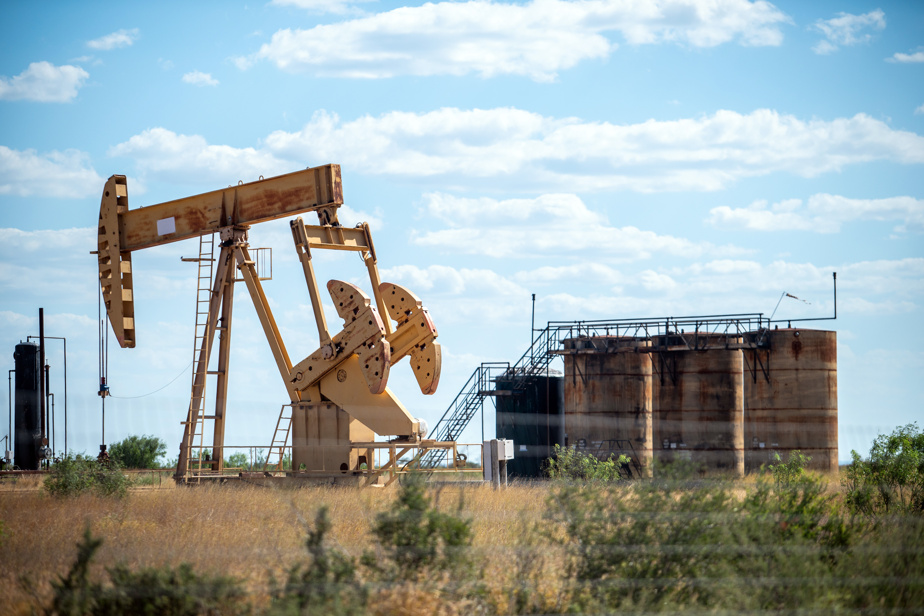(New York) Oil prices advanced a little Thursday after weekly US crude inventories increased less than the previous week in the midst of refinery maintenance season in the United States, against a backdrop of geopolitical risks in the Middle East supporting lessons.
The price of a barrel of Brent from the North Sea, for delivery in April, gained 0.77% to $83.67 per barrel.
Its American equivalent, a barrel of West Texas Intermediate (WTI), for delivery the same month, increased by 0.89% to $78.61.
Commercial crude oil reserves increased as expected last week in the United States, according to figures released Thursday by the U.S. Energy Information Administration (EIA).
During the week ended February 16, weekly crude inventories increased by 3.5 million barrels, a number close to analyst forecasts.
Gasoline stocks fell slightly (-300,000 barrels) and above all, reserves of distilled products (diesel) decreased by 4 million barrels.
As we have entered the refinery maintenance period, the volume of crude is stored. The capacity utilization rate of refineries remained low, at 80.6% like the week before when crude reserves increased by 12 million barrels.
For Matt Smith of Kpler, “when refineries run so slowly and we continue to carry out maintenance, it is not surprising to see stocks of distilled products decreasing”.
“At the same time, it is not surprising to see crude reserves swelling,” the analyst added.
Prices, which had started the session in decline, recovered after these figures. “This is also due to geopolitical risks which put a floor on any drop in prices,” adds the analyst.
Israel carried out new airstrikes on the crowded town of Rafah in the southern Gaza Strip on Thursday as complicated talks continue to try to establish a truce.
At the same time, investors are “closely monitoring the attitude of central banks in terms of reducing interest rates,” says Tamas Varga, analyst at PVM Energy.
“The last minutes of the January meeting of the Fed (American Federal Reserve, Editor’s note) revealed a good dose of skepticism among those responsible for monetary policy regarding an imminent drop” in interest rates, he explains. .
A high interest rate environment tends to weigh on growth and therefore demand for crude oil.
On the natural gas side, the Dutch TTF futures contract for March, considered the European benchmark, dropped 4.17% to 22.97 euros per megawatt hour (MWh).
These prices, which jumped exactly two years ago during the Russian invasion of Ukraine and following Western sanctions on Russian hydrocarbons, are now at their lowest for nine months.
Gas reserves, usually in high demand for heating during winter, are in fact still 64.92% full on average in EU countries, according to the European Agregated Gas Storage Inventory (AGSI) platform.
